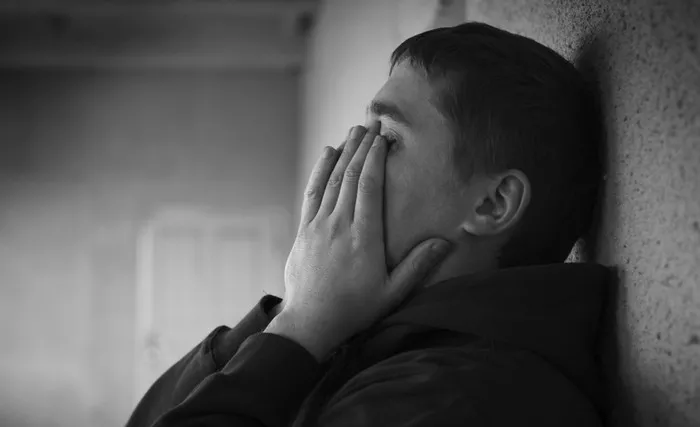As mental health continues to be a growing concern in the United States, it is important to understand which states may have higher rates of depression. Depression can be caused by a variety of factors including genetics, life events, and environmental factors. In this article, we will explore the 5 most depressing states in the United States, the potential factors contributing to depression in these states, and what can be done to address this issue.
Top 5 States With The Highest Rates Of Depression
West Virginia: West Virginia has consistently been ranked as the most depressing state in the United States. According to a 2023 report by the Centers for Disease Control and Prevention (CDC), West Virginia has the highest rate of adults reporting symptoms of depression in the country.
Kentucky: Kentucky has also been ranked as one of the most depressing states in the United States. According to the same CDC report, Kentucky has the second-highest rate of adults reporting symptoms of depression.
Mississippi: Mississippi has the third-highest rate of adults reporting symptoms of depression, according to the CDC report. The state also has a high poverty rate, which can be a contributing factor to depression.
Alabama: Alabama has the fourth-highest rate of adults reporting symptoms of depression, according to the CDC report. The state also has a high rate of poverty and limited access to mental health services.
Oklahoma: Oklahoma has the fifth-highest rate of adults reporting symptoms of depression, according to the CDC report. The state has also been impacted by natural disasters such as tornadoes, which can have a significant impact on mental health.
Potential Factors Contributing to Depression in These States
There are several potential factors that may contribute to higher rates of depression in these states. These factors include:
Poverty: All five of these states have higher poverty rates than the national average. Poverty can increase stress levels and make it difficult for individuals to access resources and support.
Limited Access to Mental Health Services: Many of these states have limited access to mental health services, which can make it difficult for individuals to receive the care they need.
Substance Abuse: Substance abuse is a common co-occurring condition with depression. These states have higher rates of substance abuse and addiction, which can contribute to depression.
Natural Disasters: Some of these states have been impacted by natural disasters such as hurricanes and tornadoes, which can have a significant impact on mental health.
Genetics and Life Events: Depression can also be caused by genetics and life events such as trauma, loss, and major life changes.
What Can Be Done to Address Depression in These States?
Addressing depression in these states will require a multi-faceted approach. Here are some strategies that can be used to address depression in these states:
Increase Access to Mental Health Services: Increasing access to mental health services, including telehealth options, can help individuals receive the care they need.
Address Poverty: Addressing poverty through policies and programs such as job training and education can help reduce stress levels and improve overall mental health.
Address Substance Abuse: Addressing substance abuse through prevention and treatment programs can help reduce co-occurring conditions such as depression.
Increase Resilience: Building resilience through programs such as disaster preparedness and community support can help individuals and communities better cope with stress and trauma.
Education and Awareness: Increasing education and awareness about depression and mental health can help reduce stigma and encourage individuals to seek help when needed.
Conclusion
Depression is a growing concern in the United States, and understanding which states may have higher rates of depression is an important step in addressing this issue. West Virginia, Kentucky, Mississippi, Alabama, and Oklahoma are the five most depressing states in the United States, according to a 2023 CDC report. Factors contributing to depression in these states include poverty, limited access to mental health services, substance abuse, natural disasters, genetics, and life events. Addressing depression in these states will require a multi-faceted approach, including increasing access to mental health services, addressing poverty and substance abuse, building resilience, and increasing education and awareness about depression and mental health.
Related topics:


